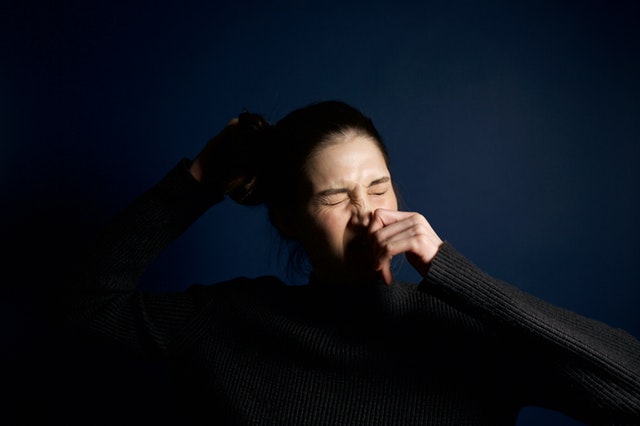Hay fever is sometimes confusing to identify
There are a number of different names for it as well as symptoms connected with it. But here are 5 sure-fire ways to clearly differentiate between it and other allergies. Hay fever is misnamed because it does not relate to hay nor does it usually involve a fever.

The condition got misnamed years ago because many of the symptoms that are associated with it occurred while people were harvesting hay, and the term continues to be used today.
It’s in the Air
Allergies are triggered in many different ways; some by foods that are ingested, others by contact with the skin (contact dermatitis). The correct medical term for this condition is allergic rhinitis which means nasal inflammation. The inflamed nasal passages occur because the allergens that trigger the allergic reactions for this condition are airborne and are most commonly inhaled.
Clear Mucous
Even though excess mucous in the nose and throat are symptoms that this condition shares with colds, it is generally clear when associated with this type of allergy. However, if the sinuses become infected it often becomes green or yellow in color.
Occurrence of Symptoms
Symptoms, by definition of allergies, are a reaction. So if your hay fever is triggered by indoor allergens such as dust, dust mites, and pet dander, you will notice an immediate response such as sneezing, congestion, coughing, and/or watering eyes. If the triggers are outdoors you will experience fewer symptoms indoors and more reactions outdoors.
Seasonal Spikes
If you are aware of increased symptoms and discomfort during spring, summer, and/or fall, it is very likely that you have a sensitivity to the tree and flower pollen in the spring, grass pollen in the summer, and weed pollen (probable ragweed) in the fall. These spikes in symptoms are one of the most accurate ways to determine that what you’re suffering from is hay fever.
Things That Make It Better
If you find that symptoms are greatly eased by over-the-counter antihistamines, keeping indoor air cleaner with an air purifier, staying away from the allergens that you suspect are causing the problem (either indoor or outdoor) helps you be more comfortable, then chances are allergic rhinitis is what you have.
Reducing your exposure to the irritants that cause you problems is one of the best natural solutions. It is impossible to completely avoid triggers.
Filtering the air with high-efficiency particle arresting (or HEPA) filtration is a proactive yet non-invasive way to ensure that you are able to maintain a high quality of life all the time.



